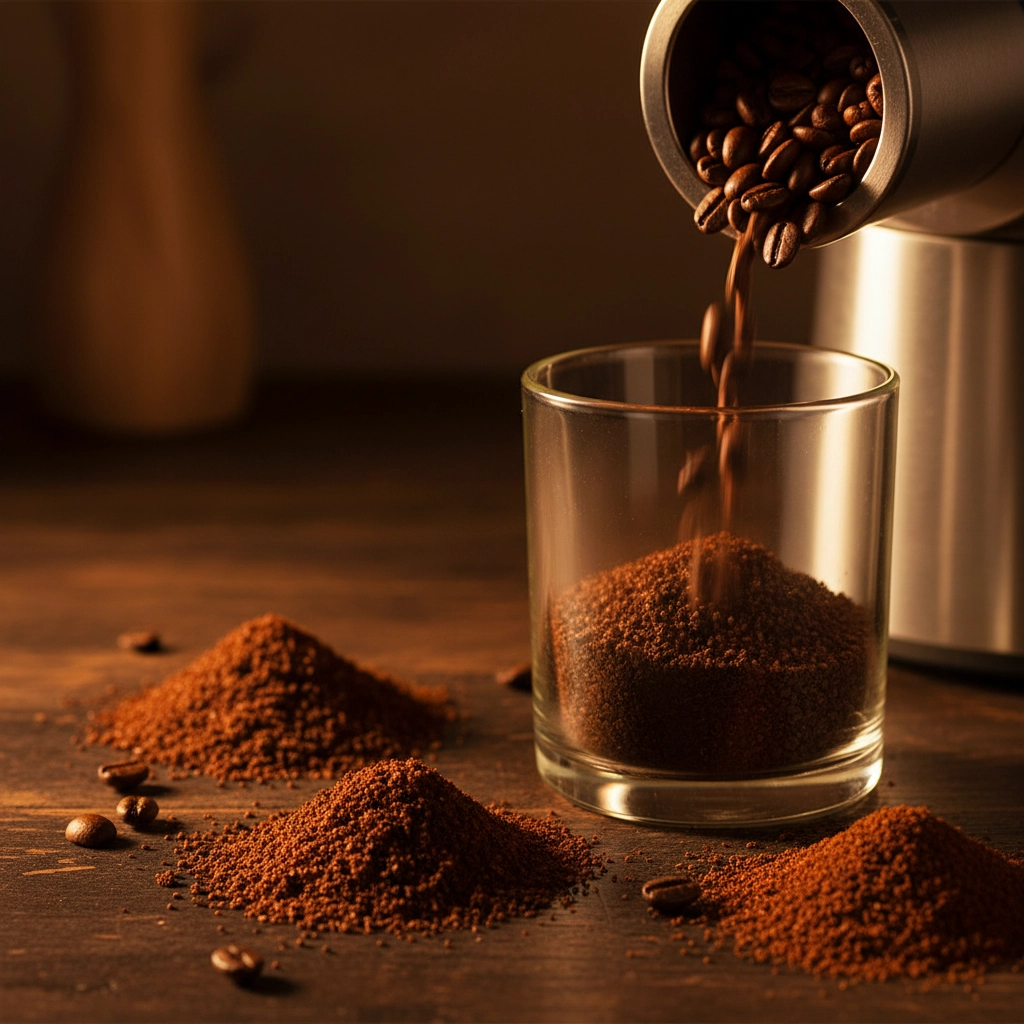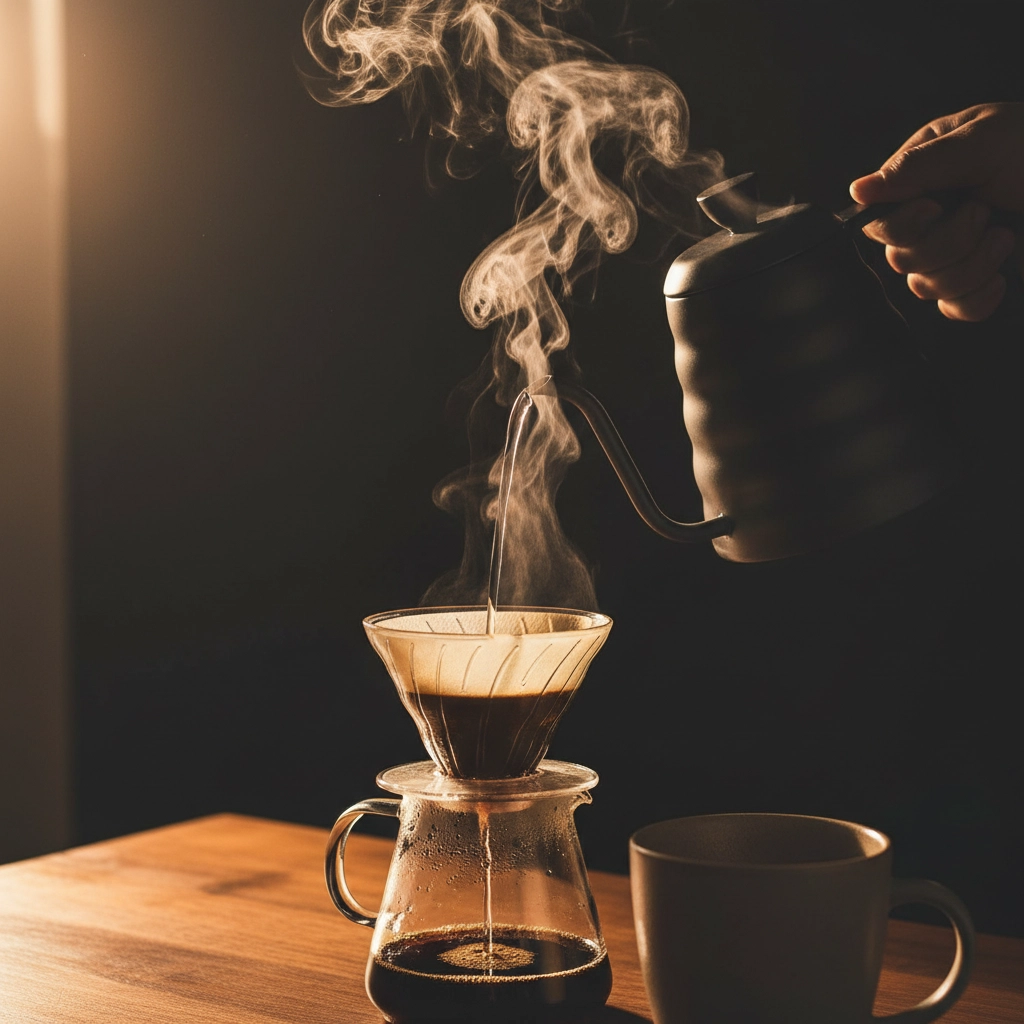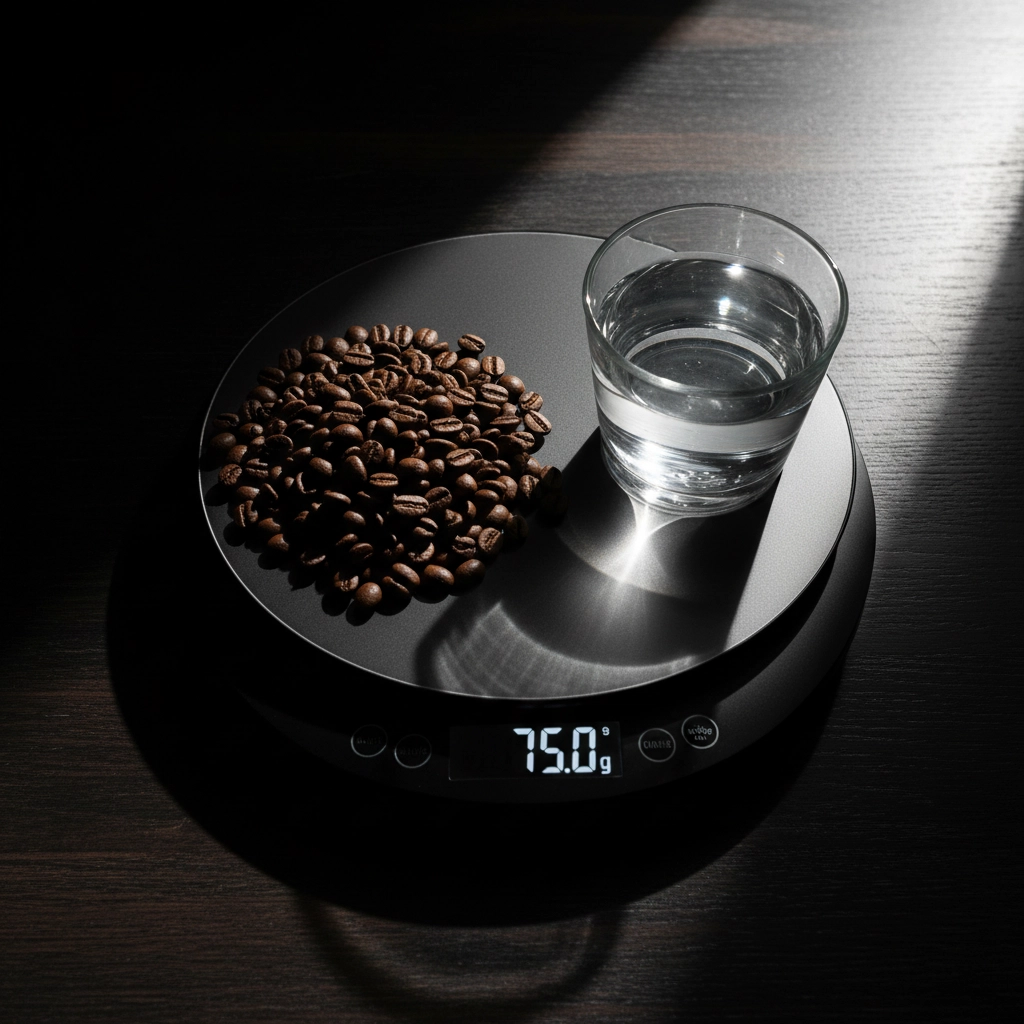Single-origin coffee represents the pinnacle of coffee craftsmanship: beans sourced from a specific farm, region, or even a single plot of land. These exceptional coffees showcase unique terroir, processing methods, and flavor profiles that tell the story of their origin. But here's the thing: even experienced coffee lovers often make critical mistakes that completely mask or destroy these distinctive characteristics.
If you've ever wondered why your expensive single-origin beans don't taste as amazing as they should, you're not alone. These seven common mistakes might be sabotaging your coffee experience, but the good news is they're all easy to fix.
Mistake #1: Using the Wrong Grind Size for Your Brewing Method
This is probably the most common mistake that ruins single-origin coffee. Using the wrong grind size is like trying to play a violin with drumsticks: it just doesn't work. Each brewing method requires a specific particle size to properly extract the unique flavors from your beans.
Too coarse, and you'll get weak, under-extracted coffee that tastes sour and lacks the complex flavors you paid for. Too fine, and you'll over-extract, creating bitter notes that completely overpower the subtle characteristics that make single-origin coffee special.
The Fix: Match your grind size precisely to your brewing method. Use a coarse grind for French press and cold brew, medium-coarse for pour-over methods like V60 or Chemex, medium for drip coffee makers, and fine for espresso machines. Invest in a quality burr grinder: it's one of the most important tools in your coffee arsenal.

Mistake #2: Ignoring Water Temperature Precision
Water temperature is absolutely critical when brewing single-origin coffee. These beans often contain delicate flavor compounds that can be easily damaged by water that's too hot or fail to extract properly if the water's too cool.
Most people either use boiling water (which scorches the coffee) or water that's not hot enough (which under-extracts the flavors). Either way, you're missing out on the complex flavor profile that makes single-origin coffee worth the investment.
The Fix: Maintain water temperature between 195°F and 205°F (90°C to 96°C). If you don't have a thermometer, bring water to a rolling boil, then let it sit for 30-60 seconds before brewing. This simple step will dramatically improve your coffee's taste and allow those origin characteristics to shine through.
Mistake #3: Getting the Coffee-to-Water Ratio Completely Wrong
Single-origin coffees have complex, nuanced flavor profiles that require precise ratios to achieve proper balance. Too much coffee creates overwhelming intensity that masks subtle notes, while too little results in weak, disappointing coffee that fails to showcase what makes these beans special.
Many coffee drinkers eyeball their measurements or use wildly inconsistent ratios, which is like trying to bake a cake without measuring ingredients: sometimes it works, but usually it doesn't.
The Fix: Use the golden ratio of 1:15 to 1:17 (coffee to water). For most brewing methods, this translates to about 2 tablespoons of coffee grounds for every 6 ounces of water. Get a digital kitchen scale and measure both coffee and water by weight: this precision is especially important with premium single-origin beans where consistency matters.

Mistake #4: Using Stale or Improperly Stored Beans
Single-origin coffee beans are typically more expensive and often more delicate than blends, making freshness and proper storage even more critical. Coffee begins losing its flavor immediately after roasting, and single-origin characteristics disappear faster than you might think.
Buying pre-ground coffee or storing beans improperly exposes them to oxygen, light, and moisture: the three enemies of great coffee. Those subtle flavor notes that distinguish a Guatemalan Huehuetenango from an Ethiopian Yirgacheffe will vanish within weeks of poor storage.
The Fix: Only buy what you can consume within 2-3 weeks of the roast date. Always grind beans just before brewing: never buy pre-ground single-origin coffee. Store whole beans in an airtight container in a cool, dark place. Skip the refrigerator or freezer, as moisture can damage the beans.
Mistake #5: Using Poor Quality Water
Here's something many coffee lovers overlook: coffee is 98% water. If your water tastes bad, your coffee will taste bad, period. This is especially problematic with single-origin coffee because subtle flavor notes can be easily masked or altered by chlorine, fluoride, heavy minerals, or other contaminants commonly found in tap water.
Using poor water quality is like buying an expensive wine and mixing it with soda: you're destroying everything that makes it special.
The Fix: Use filtered, spring, or bottled water for brewing. If your tap water has a strong chlorine smell or taste, it will negatively impact your coffee's flavor. The water should taste clean and neutral, allowing the unique characteristics of your single-origin beans to take center stage.

Mistake #6: Not Adjusting Your Technique for Different Origins
Many coffee drinkers use the same brewing parameters for every coffee they make, but single-origin beans often require slight adjustments to highlight their specific characteristics. A light-roasted Ethiopian coffee might need different treatment than a medium-roasted Colombian bean due to varying density, processing methods, and flavor compounds.
Using a one-size-fits-all approach is like using the same cooking method for chicken and fish: technically possible, but you won't get the best results from either.
The Fix: Research your specific single-origin coffee's characteristics and adjust accordingly. Lighter roasts typically benefit from slightly higher temperatures and longer extraction times, while darker roasts may need cooler water and shorter contact time. Don't be afraid to experiment with small adjustments to grind size, water temperature, and brewing time until you find the sweet spot for each origin.
Mistake #7: Using Dirty or Contaminated Equipment
This might seem obvious, but dirty equipment is particularly devastating with single-origin coffee. Residual oils and old coffee particles introduce off-flavors that completely mask the subtle, unique characteristics you're paying premium prices to experience. Even tiny amounts of contamination can overwhelm delicate flavor notes.
Coffee oils turn rancid quickly, and that rancidity will taint every cup you make. It's like trying to taste a fine wine from a glass that previously held cheap beer: the flavors will never be pure.
The Fix: Clean all brewing equipment thoroughly after each use. This includes grinders, filters, brewing devices, and anything else that touches your coffee. Use appropriate cleaning solutions for coffee equipment, and rinse everything thoroughly to ensure no soap residue remains. Your single-origin coffee deserves a clean canvas to showcase its flavors.
Making Your Investment Count
Single-origin coffee represents a significant investment in both money and experience. These beans tell stories of specific places, climates, and farming practices that deserve to be honored through proper brewing techniques. By avoiding these seven critical mistakes, you'll finally taste what you've been paying for all along.
Remember, single-origin coffee is about celebrating the unique terroir and craftsmanship of a particular place. Every adjustment you make to perfect your brewing technique is a way of honoring both the farmers who grew these exceptional beans and your own investment in quality coffee.
The difference between mediocre and extraordinary coffee often comes down to attention to these seemingly small details. Take the time to get them right, and you'll discover flavor profiles and experiences that make every cup a journey to its origin.
Start with fixing one mistake at a time, and you'll be amazed at how much better your coffee tastes. Your morning routine: and your taste buds( will thank you for it.)




